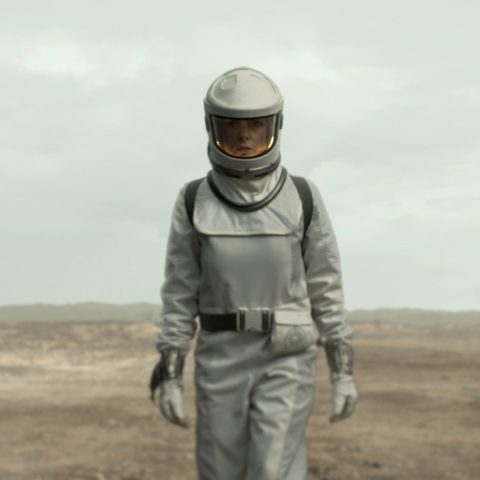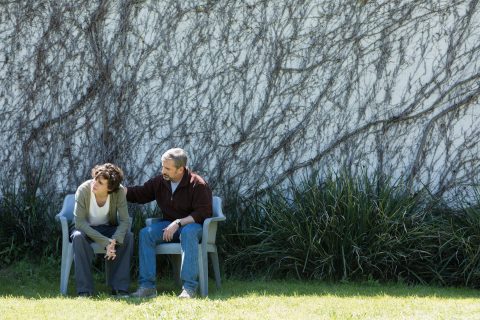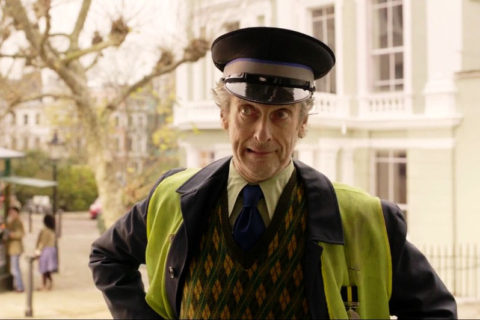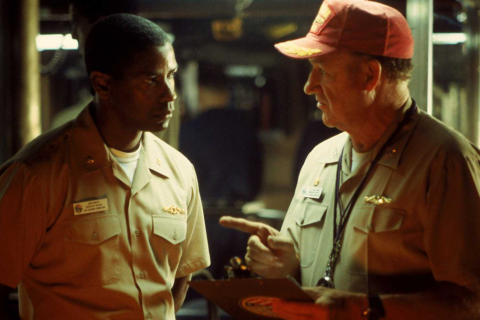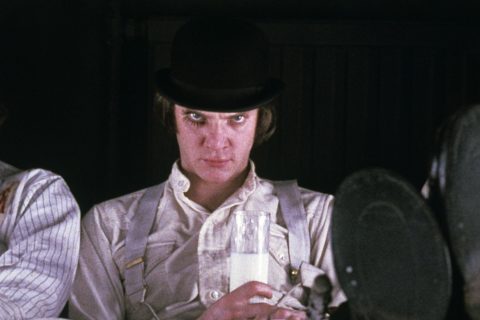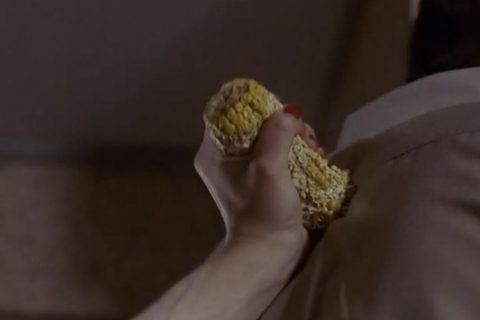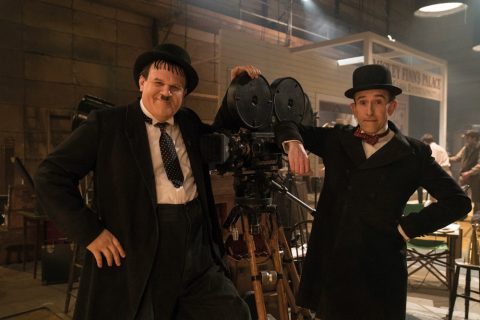12 Angry Men
If you were asked to decide someone’s fate, what would you do?
A suspect. A crime. A jury room. 11 Guilty votes. One dissenting voice… 12 Angry Men is our Lockdown Rewatch for today – a film all about being cooped up in a small room, something we can all relate to at the moment. The 1957 critically acclaimed legal drama stars Henry Fonda, who also earned his sole producing credit on the film, as a lone dissenting juror on a murder trial who tasks himself with the noble cause of making sure justice is served in a US courtroom. Directed by Sidney Lumet – his first feature film effort – the film was an adaptation of an earlier 1954 teleplay, and went on to be nominated for Best Director, Best Picture, and Best Adapted Screenplay, and was deemed “culturally, historically, or aesthetically significant” enough to be included in the National Film Registry by the Library of Congress in 2007.
But did you know…
1) The movie, with a few exceptions, takes place almost entirely within the jury room: filmmakers used various techniques to keep the location interesting. As the film progresses, and the tension rises, the height of the angles lowers from above head height to below head height, and the focal length of the lenses increases. The film begins with wide angles, and gradually becomes mostly close-ups. Lumet’s aim was to create a visual sense of claustrophobia and tension in the scenes – with the final shot of the film finally offering relief.
2) The film has inspired at least one person to go out and practice law. Justice Sonia M. Sotomayor, who is now an Associate Justice of the Supreme Court of the United States, was considering studying law in 1957 when she saw 12 Angry Men. “It sold me that I was on the right path,” she said. Despite her reverence for the film, she has in the past used it as an example of how NOT to carry out jury duty – noting that the film “is so far from reality,” and taking particular umbrage with the film jury’s use of speculation and entering in new evidence.





